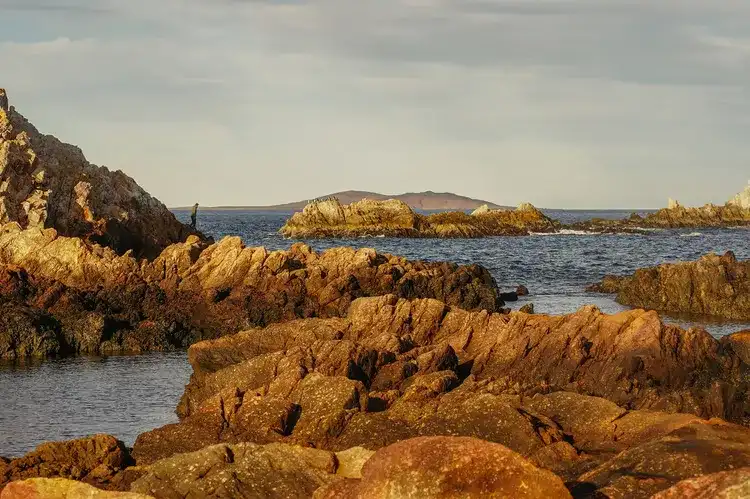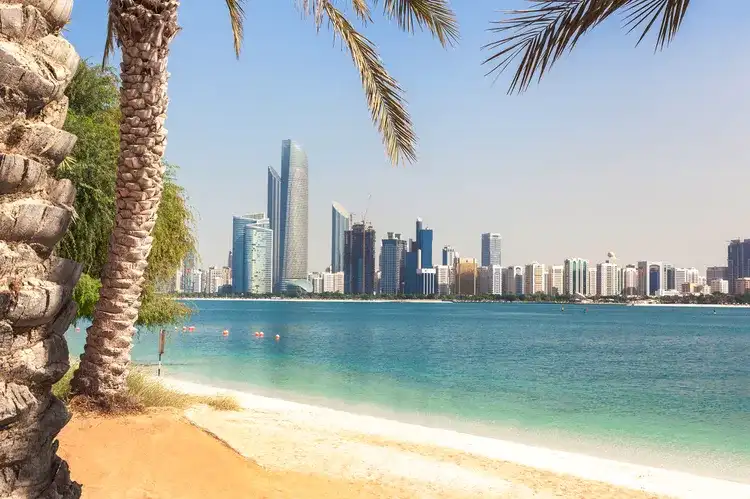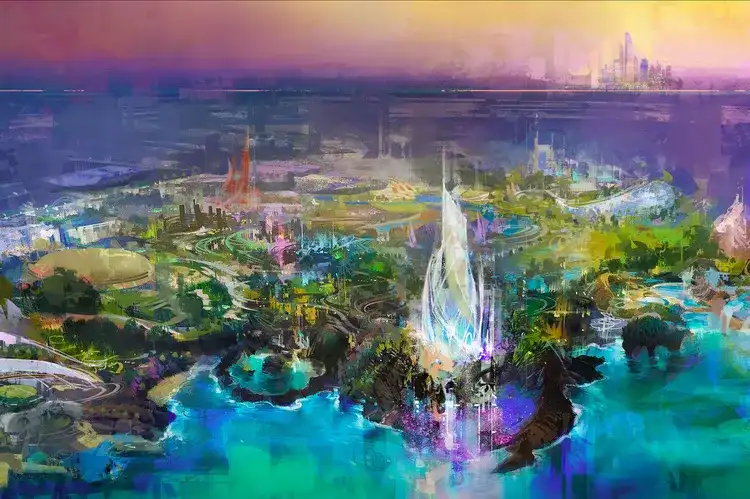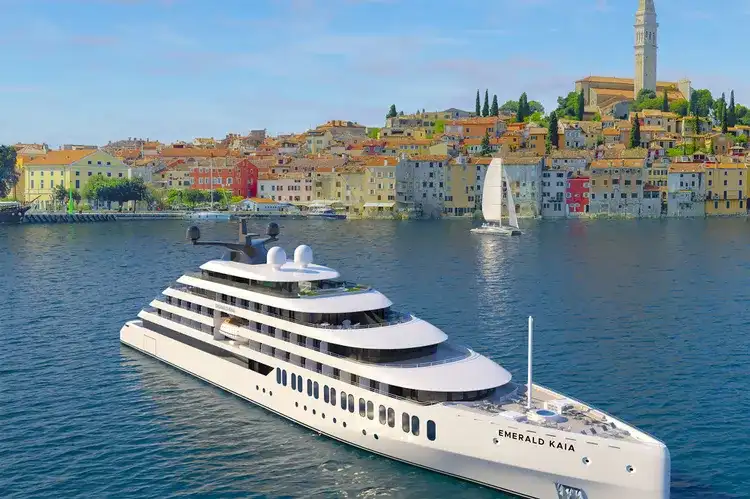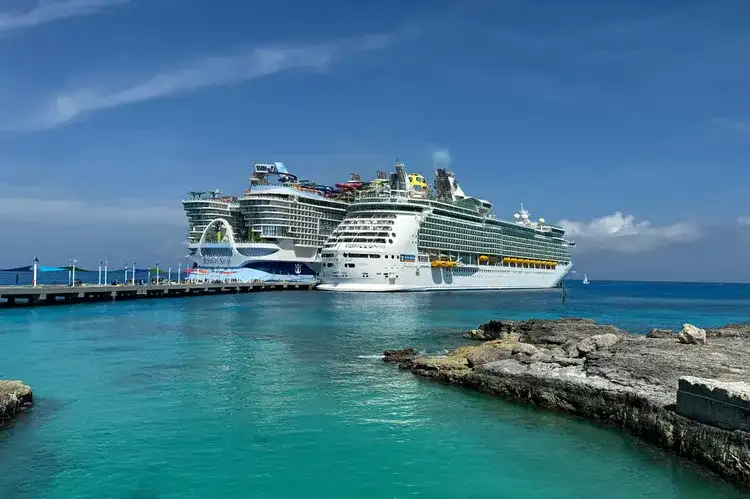Argentina has opened the gates to a spectacular new world for nature lovers and wildlife enthusiasts. The newly designated Patagonia Azul Provincial Park sprawls across 729,294 acres along the country’s rugged South Atlantic coast, protecting more than 60 wild islands and islets teeming with life. Nicknamed “the Galápagos of Argentina,” this vast marine park promises a front-row seat to one of the richest concentrations of marine and coastal wildlife in the southern hemisphere.
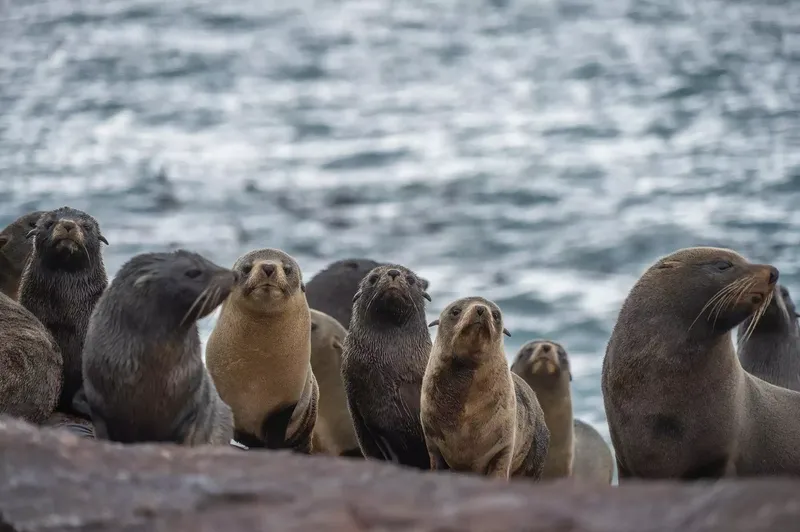
Here’s everything you need to know about Patagonia Azul, its thriving wildlife, and how Argentina is shaping the future of conservation tourism in this extraordinary corner of Patagonia.
Patagonia Azul: A Marine Sanctuary Like No Other
Created to shield this biodiversity hotspot from the growing pressures of industrial fishing and climate change, Patagonia Azul is the first provincial park of its kind in the region. The park safeguards vast kelp forests, rocky coastal habitats, and an intricate archipelago that provides vital nesting and breeding grounds for over 50 species of seabirds, marine mammals, and fish.
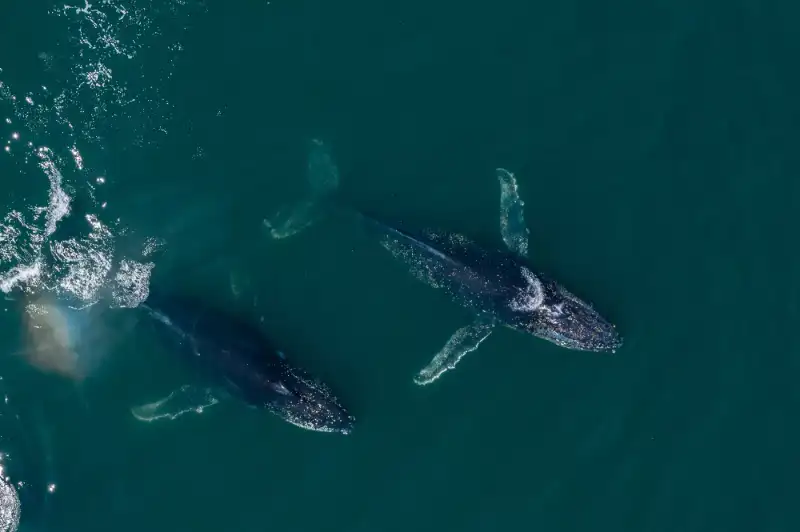
Wildlife Encounters on a Grand Scale
For generations, this stretch of coastline has drawn some of nature’s most iconic travelers. Humpback whales migrate here each year to calve and nurse. Colonies of sea lions bask on rocky outcrops while Magellanic penguins and imperial cormorants nest on the remote islets. Giant petrels soar overhead, and tidepools pulse with a mosaic of marine life. It’s a living showcase of South Atlantic wildlife, all now protected within the boundaries of the new park.
From Conservation to Exploration: The Role of Rewilding Argentina
Rewilding Argentina, a nonprofit dedicated to restoring and protecting natural areas, played a central role in the creation of Patagonia Azul. The organization donated privately acquired land to serve as the main gateway to the park and will help develop key facilities for future visitors, including biological stations, hiking trails, and designated campgrounds. The team will continue to monitor whale, penguin, petrel, and sea lion populations—ensuring the park’s long-term ecological health.
“Patagonia Azul places under legal protection one of the most biodiverse areas of the Argentine Sea with over 50 species of seabirds, many of which nest in the more than 60 islands and islets,” said Sofia Heinonen, executive director of Rewilding Argentina.
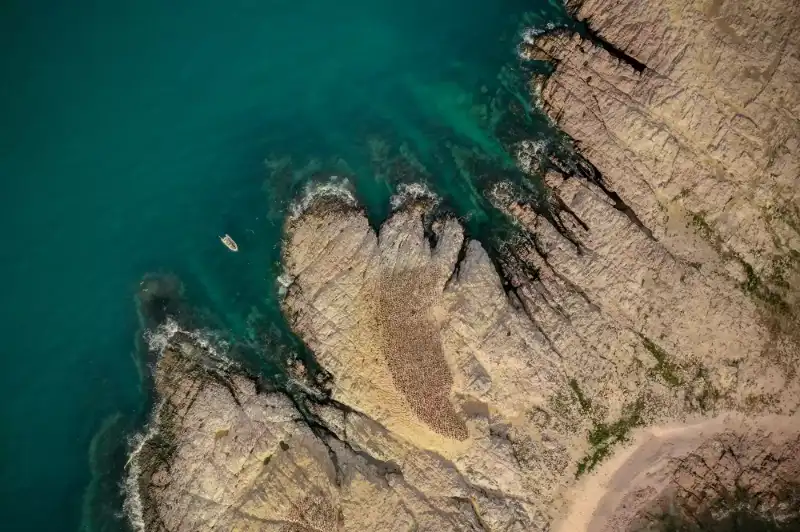
Making the Wild Accessible: What’s Next for Travelers
With the park’s creation, plans are underway to make Patagonia Azul a destination for responsible adventure. New hiking trails, campsites, marine access points, and even a biological research station will allow visitors to experience this pristine region up close—without disturbing the fragile balance of its ecosystems. The park is connected by a scenic coastal route to Cabo Dos Bahías, famous for its penguin colony, and Bahía Bustamante, Argentina’s only town dedicated to seaweed and mussel harvesting.
- Hiking: Soon-to-be-marked trails through coastal grasslands and to wildlife viewing points.
- Camping: Designated sites for immersive nights under the Patagonian stars.
- Marine Exploration: Access for small boats and kayaks to explore the islands, kelp forests, and protected bays.
- Wildlife Watching: Whale-watching, birding, and seal observations in a pristine setting.
Local Communities and Conservation
The formation of Patagonia Azul was a collaborative achievement involving the Chubut provincial government, Argentina’s National Parks Administration, conservation groups, and the community of Camarones. Local involvement is crucial—not only to protect wildlife but also to ensure sustainable tourism brings direct benefits to nearby towns.
With the opening of Patagonia Azul Provincial Park, Argentina invites the world to witness the wild heart of its southern coast—a sanctuary where whales, penguins, and people can all thrive.


